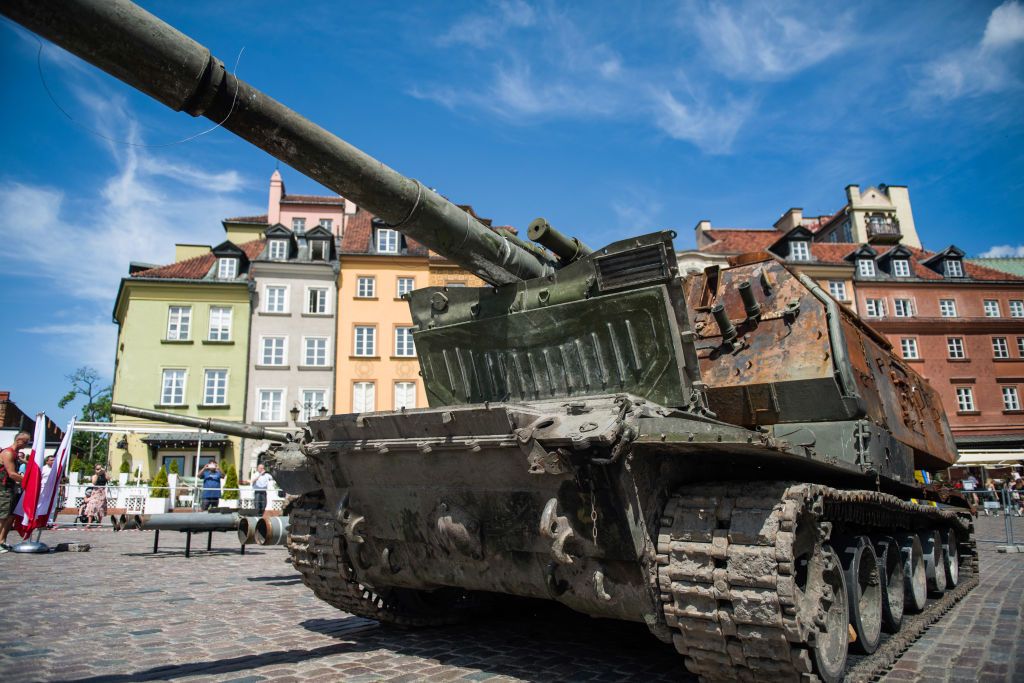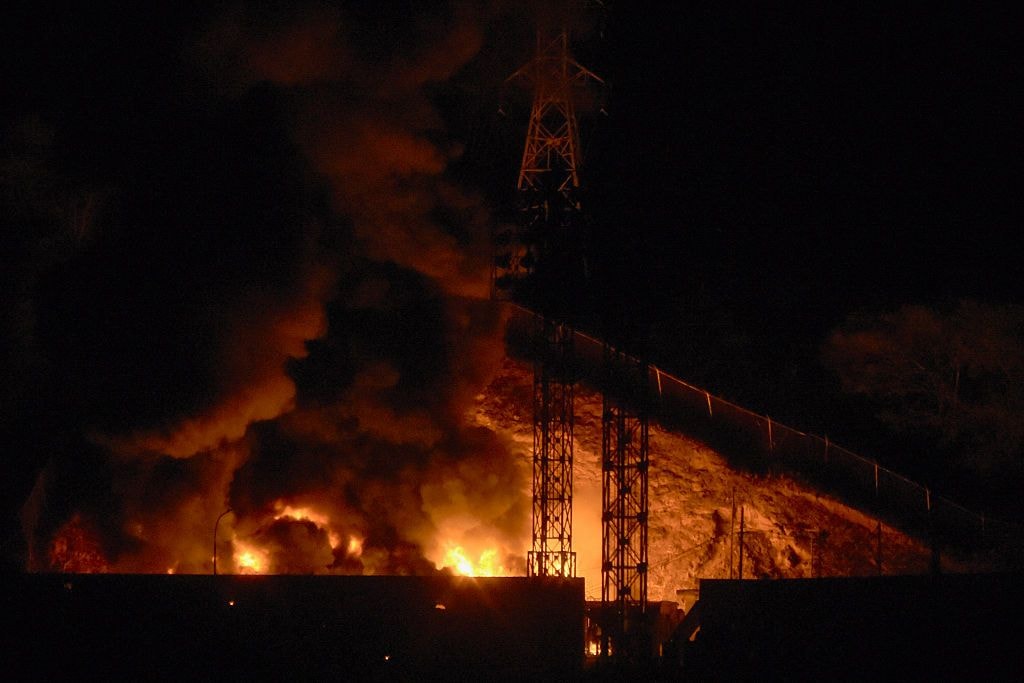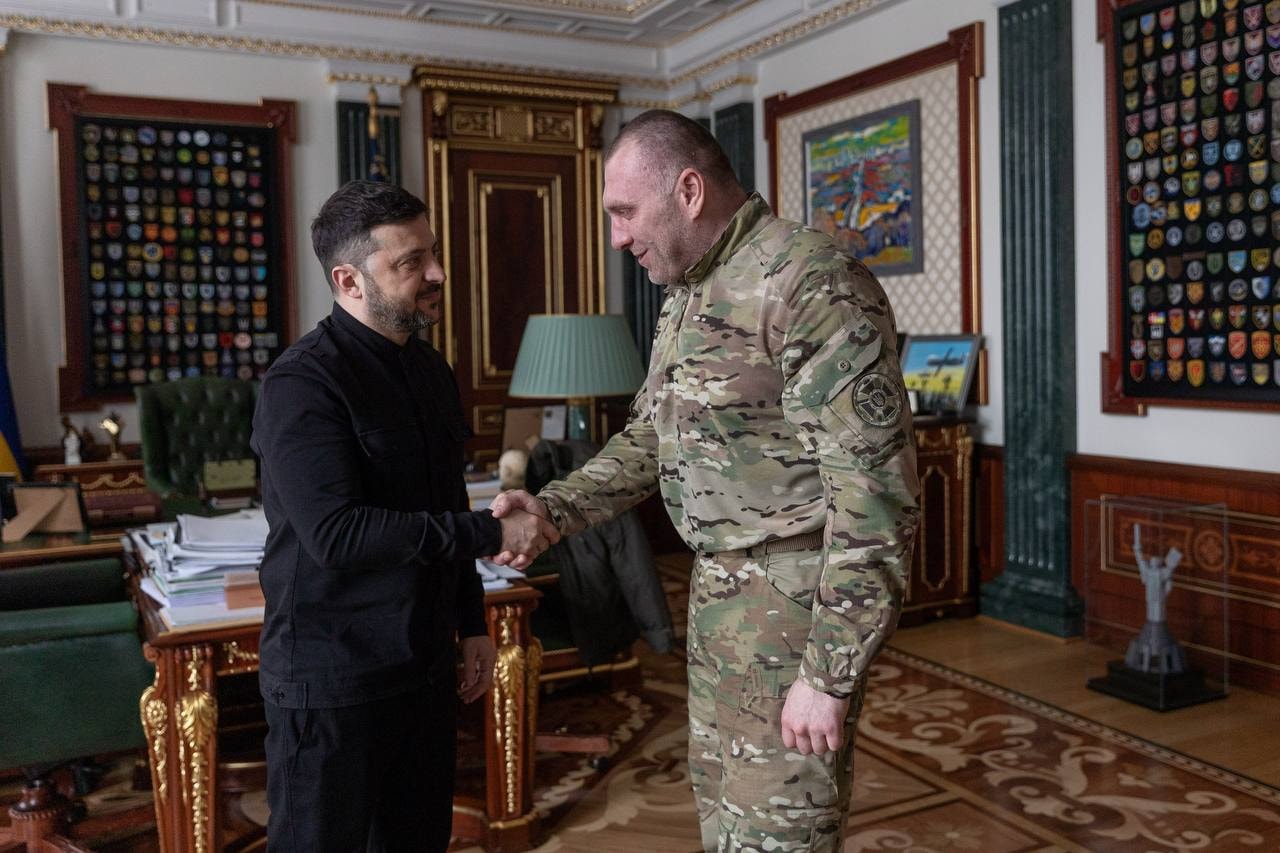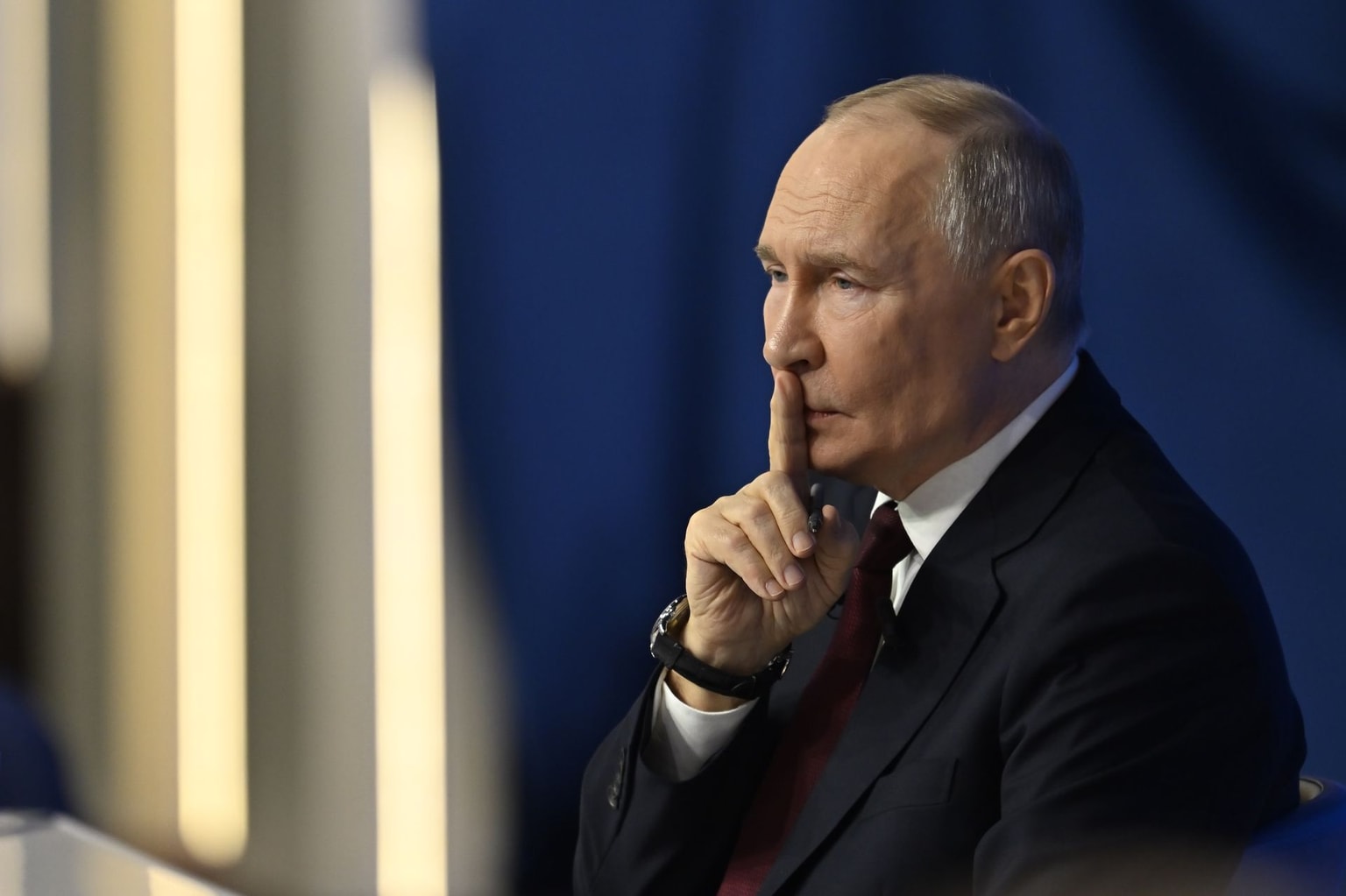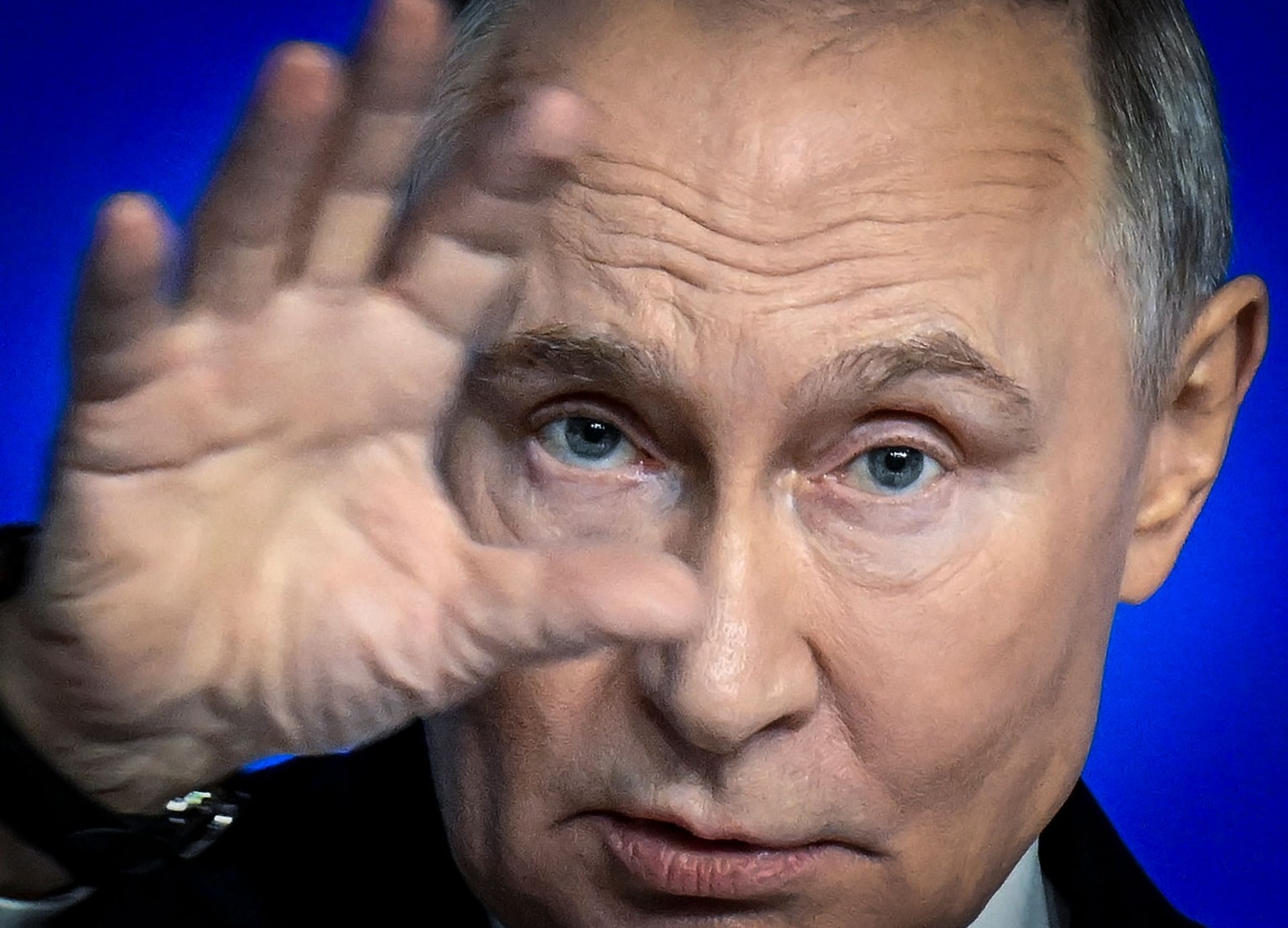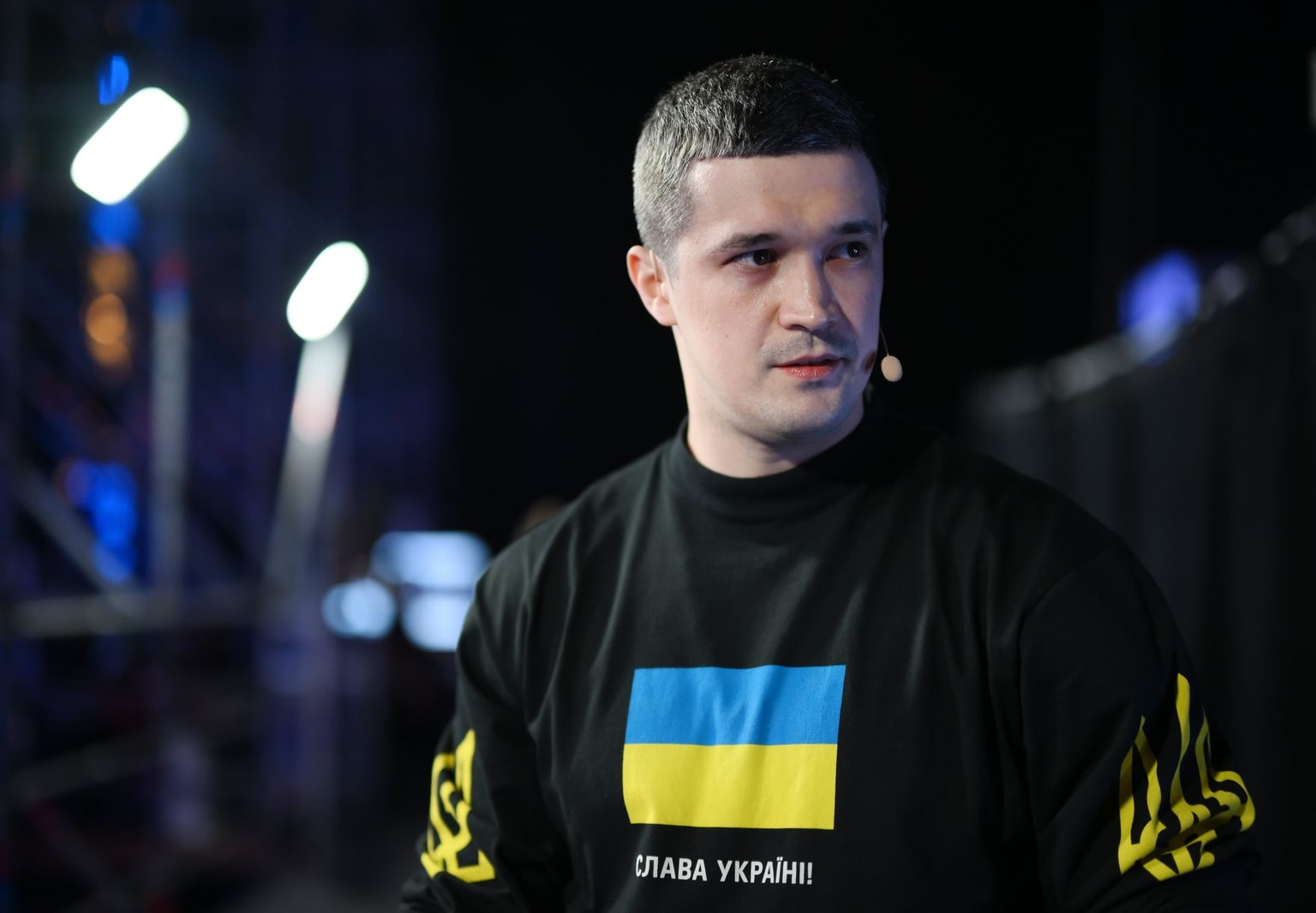US State Department fires Russia and Ukraine analysts in recent layoffs, NYT reports

A recent mass layoff in the U.S. State Department included several senior analysts of the department's intelligence arm, who were focusing on Russia and Ukraine, the New York Times (NYT) reported on July 15, citing former and current officials.
The move comes amid U.S. President Donald Trump's shifting approach toward ending the full-scale Russian invasion of Ukraine, now in its fourth year.
Some 1,350 State Department staff members were laid off on July 13 in what is only the most recent step in the Trump administration's efforts to reduce the size of the federal bureaucracy.
It remains unclear how many analysts of the department's Bureau of Intelligence and Research (INR) were fired, and the arm retains several employees with a focus on Russia and Ukraine, the NYT reported.
Ex-officials have criticized firings within the bureau, with former State Department official Ellen McCarthy calling them "shortsighted" and a hit to the U.S.'s "critical capability at exactly the wrong time."
U.S. Secretary of State Marco Rubio presented the layoffs in his department as "a very deliberate step to reorganize the State Department to be more efficient and more focused."
The INR employs intelligence analysts who help inform U.S. diplomacy. According to the NYT, the firings resulted from merging two offices within the bureau.
Trump's civil workforce and budget cuts have already had an impact on the U.S. support for Ukraine, with several initiatives shuttered and agencies dismantled.
The Trump administration has cut funding for a Yale University-based initiative tracking Russian abductions of Ukrainian children, shuttered USAID, the U.S.'s principal foreign aid agency that provided billions in multi-sector support for Ukraine, terminated support for programs investigating Russian war crimes, and more.
The U.S. president had also been hesitant to approve additional military aid for Ukraine, preferring instead to pursue a peace deal between Kyiv and Moscow while urging European allies to shoulder more of the burden.
As Moscow continues to reject ceasefire proposals and ramps up aerial attacks on Ukraine, Trump seems to be adjusting his position, agreeing to provide U.S. weapons to Kyiv via NATO, provided they are paid for by European partners.


